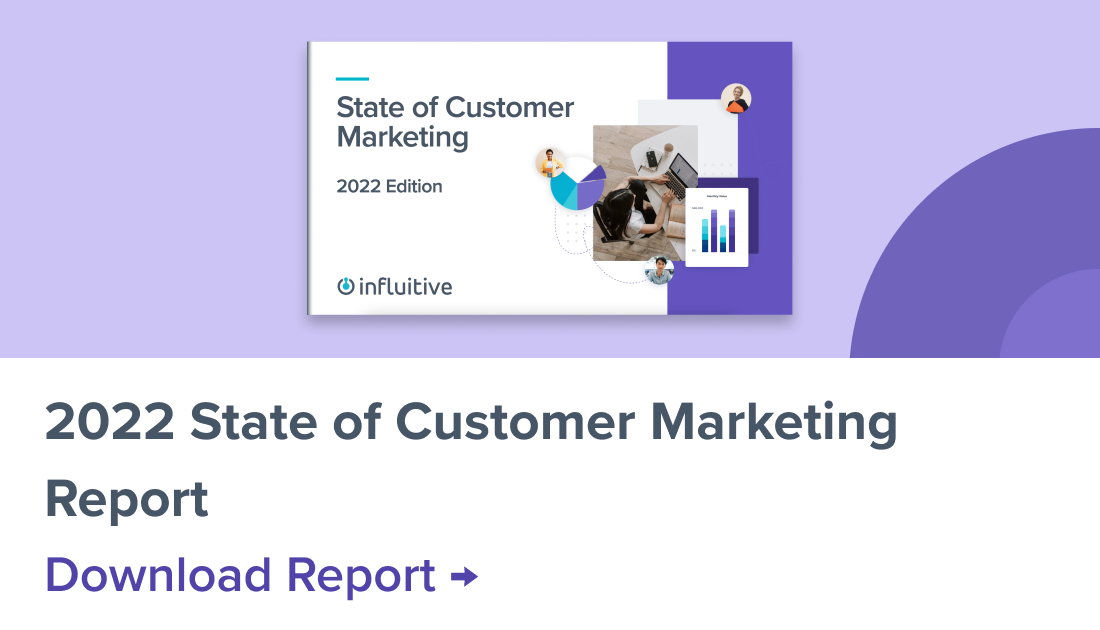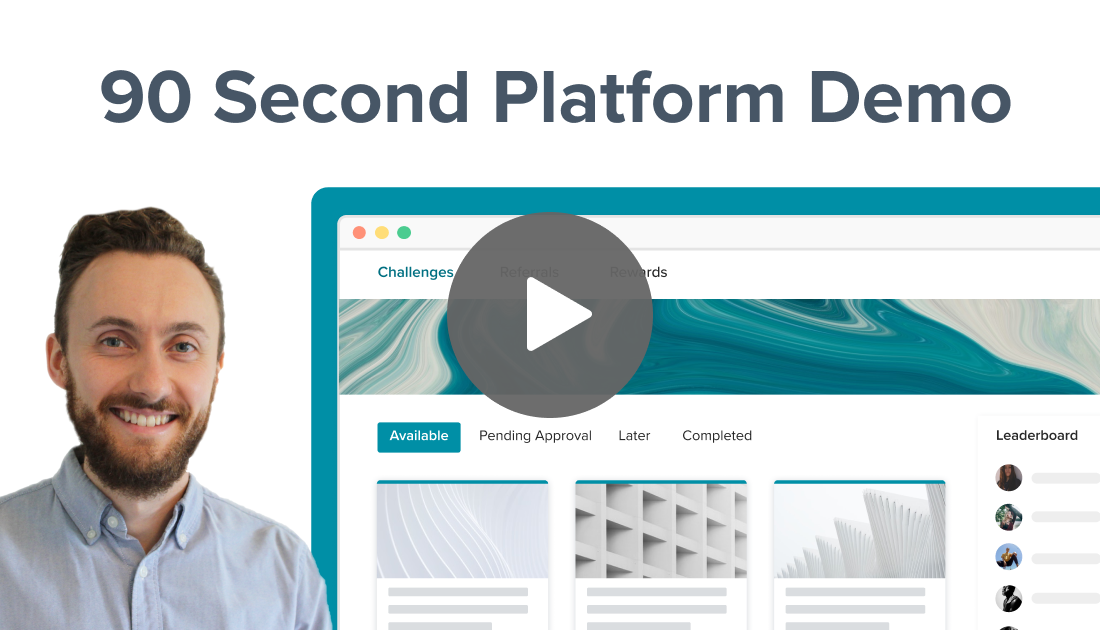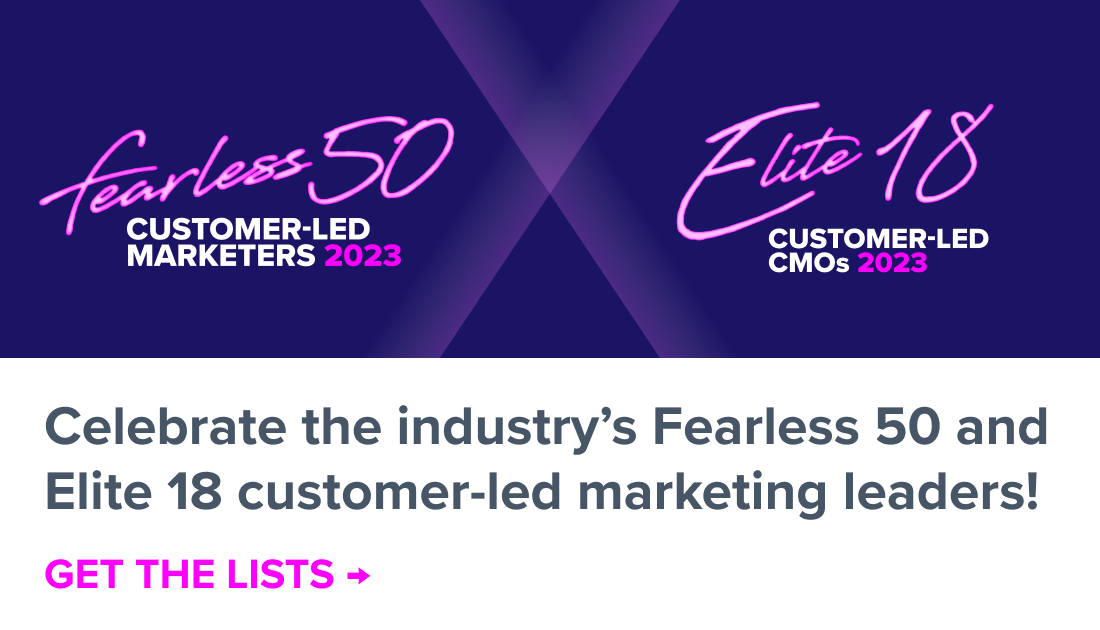When you want to try out a new restaurant, where do you turn for advice?
Recommendations from friends and family, of course.
The same is true in your professional life—except choosing new software is a little more important than picking a restaurant.
This means that referrals and recommendations from colleagues, and those who work in the same industry as you, are vital to help you make the right decision.
They understand your unique needs and challenges, and are most likely to provide sound advice based on their own experience.
Plus, you know they have your back. Trust is one of the most important factors in any relationship—especially business-to-business relationships where thousands or even millions of dollars might be at stake.
Your customers—and your prospects—feel exactly the same. That’s why referral marketing programs are so effective.
If you don’t have a referral marketing program, you’re missing out
Companies are quickly recognizing the impact referral marketing programs can have on their business.
B2B customers tend to be very informed about the products and services they use—even more than in their lives as consumers. (After all, their jobs are on the line!)
As a result, reputation and word-of-mouth hold significant weight—and creating a formal social referral program can turn the voices of your most passionate customers into leads.
According to research conducted by Heinz Marketing, 69% of companies with referral programs report that their deals are closing faster—which is crucial given that 80% of the respondents to the 2016 B2B Buyer’s Survey report said that they’re spending more time researching B2B solutions than ever before.
You’d be helping support your sales reps, too. 87% of respondents with formal referral programs deemed their sales efforts highly effective—compared to only 42% who didn’t have referral programs in place.
And let’s not forget the ripple effect of social referral marketing that makes it particularly powerful. According to the Journal of Marketing, referred customers have a 16% higher customer lifetime value—revenue you’re missing out on if you don’t have a formal referral marketing program.
If this is how you’re asking for a customer referral, you’re doing it wrong
The best B2B referral marketing programs don’t just ask for something—they give back.
Before asking your customers to introduce you to their personal networks, you need to create the framework for a mutually beneficial relationship. (No one likes the person—or the brand—who only comes around when they need a favor.)
The best way to do this is to invite your top customers to join an exclusive online community, such as as an advocate marketing program. An advocacy program gives them the opportunity to get to know your brand, products and services even better—and gives you the opportunity to listen to their feedback and better support their needs.
Through this type of program, you’ll be able to create a meaningful, long-lasting relationship that will keep your brand top-of-mind and inspire your advocates to send you referral leads.
Here’s how a few other B2B brands have seen success by melding referrals and customer advocacy:
An advocate marketing program also encourages customers to advocate for your product online in other ways, like online reviews or social networks. This social proof will help speed up purchasing decisions and influence buyers, while putting your customers’ expertise in the spotlight.
Creating a referral marketing plan
Once you’ve nurtured your advocates to submit referrals, it’s important to reward them appropriately.
This will ensure your advocates refer to you again and again—making your referral marketing program a powerful source of new business, and an integral part of your marketing strategy.
It’s also important to keep checking back with your advocates. Letting them know the status of their referral leads, as well as running referral marketing campaigns throughout the year, will keep your program top of mind and ultimately keep them coming back for more.
Further referral marketing program resources:
This blog was published October 28, 2015, and was updated May 9, 2017.
Save
Save










































